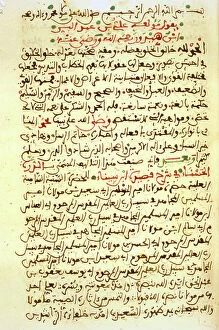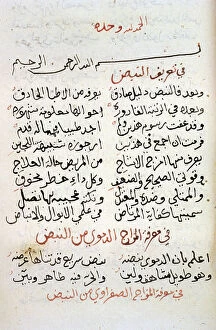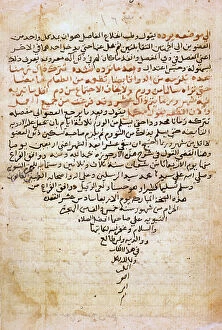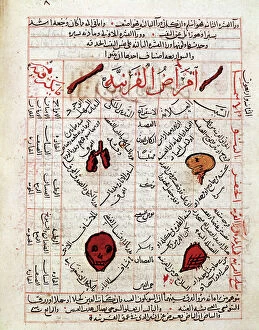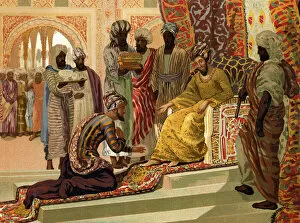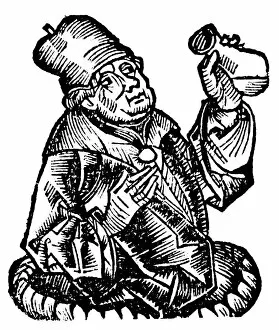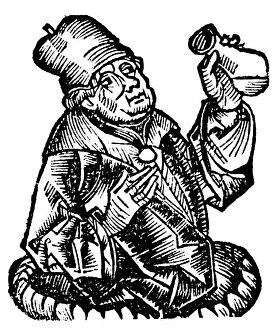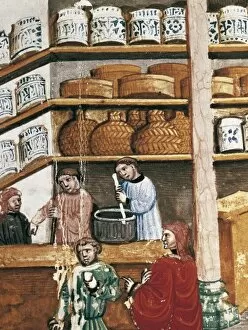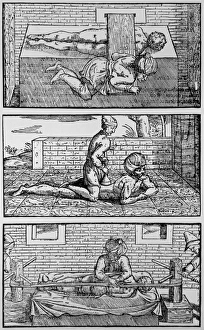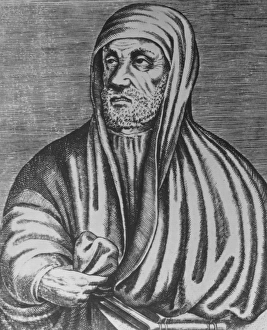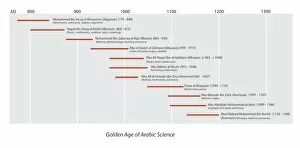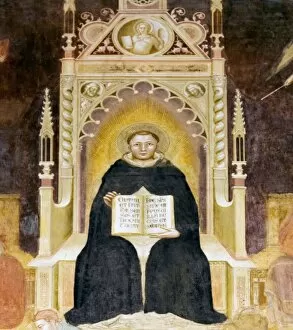Avicenna Collection
Avicenna, also known as Ibn Sina, was a Persian polymath whose contributions to medicine and philosophy have left an indelible mark on history
All Professionally Made to Order for Quick Shipping
Avicenna, also known as Ibn Sina, was a Persian polymath whose contributions to medicine and philosophy have left an indelible mark on history. His magnum opus, the Canon of Medicine, revolutionized medical practices and became a cornerstone of Western medical education for centuries. In the world of medicine, Avicenna's influence is evident in Petrus de Montagnana's illustration from Fasciculus Medicinae. This colored woodcut depicts the dissemination of Avicenna's knowledge through his renowned work. It serves as a visual testament to the enduring impact he had on medical education during his time. The engraving of Abu Ali al-Husayn ibn Abd Allah ibn Sina captures the essence of this remarkable scholar. With wisdom etched into his face, it portrays him as a beacon of knowledge and enlightenment amidst an era marked by intellectual curiosity. Ms Hunter 9 f. 39r showcases Avicenna lecturing in a grand hall from De Medina Fen I. The scene exudes an aura of scholarly pursuit and intellectual exchange that defined Avicenna's teachings. Similarly, Ms Hunter 9 f. 6r presents us with Knights and Noblemen engrossed in discussion from De Medina Fen I - highlighting how even those outside academia recognized the importance of Avicenna's ideas. Gilbert Fusch's portrait reveals another dimension to Avicenna’s legacy – its transcultural reach across borders and generations. As a Dutch physician living more than half a century after Avicenna’s passing, Fusch pays homage to this influential figure who shaped medical practice far beyond his own time. Ms Hunter 9 f. 47v transports us into nature itself - four winds blowing at corners on a sea-girt landscape - reminding us that even amidst natural beauty lies inspiration drawn from works like those penned by Avicenna himself.

